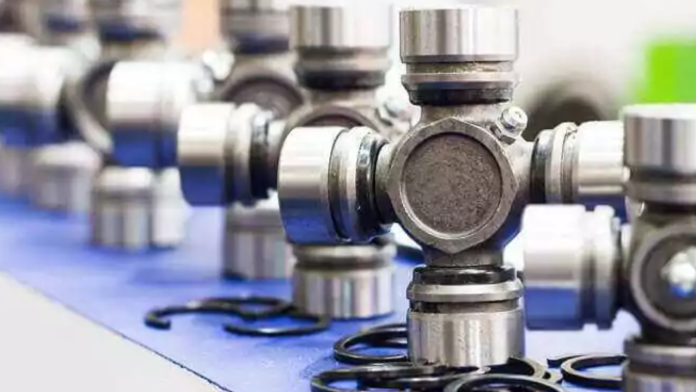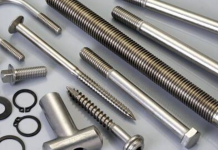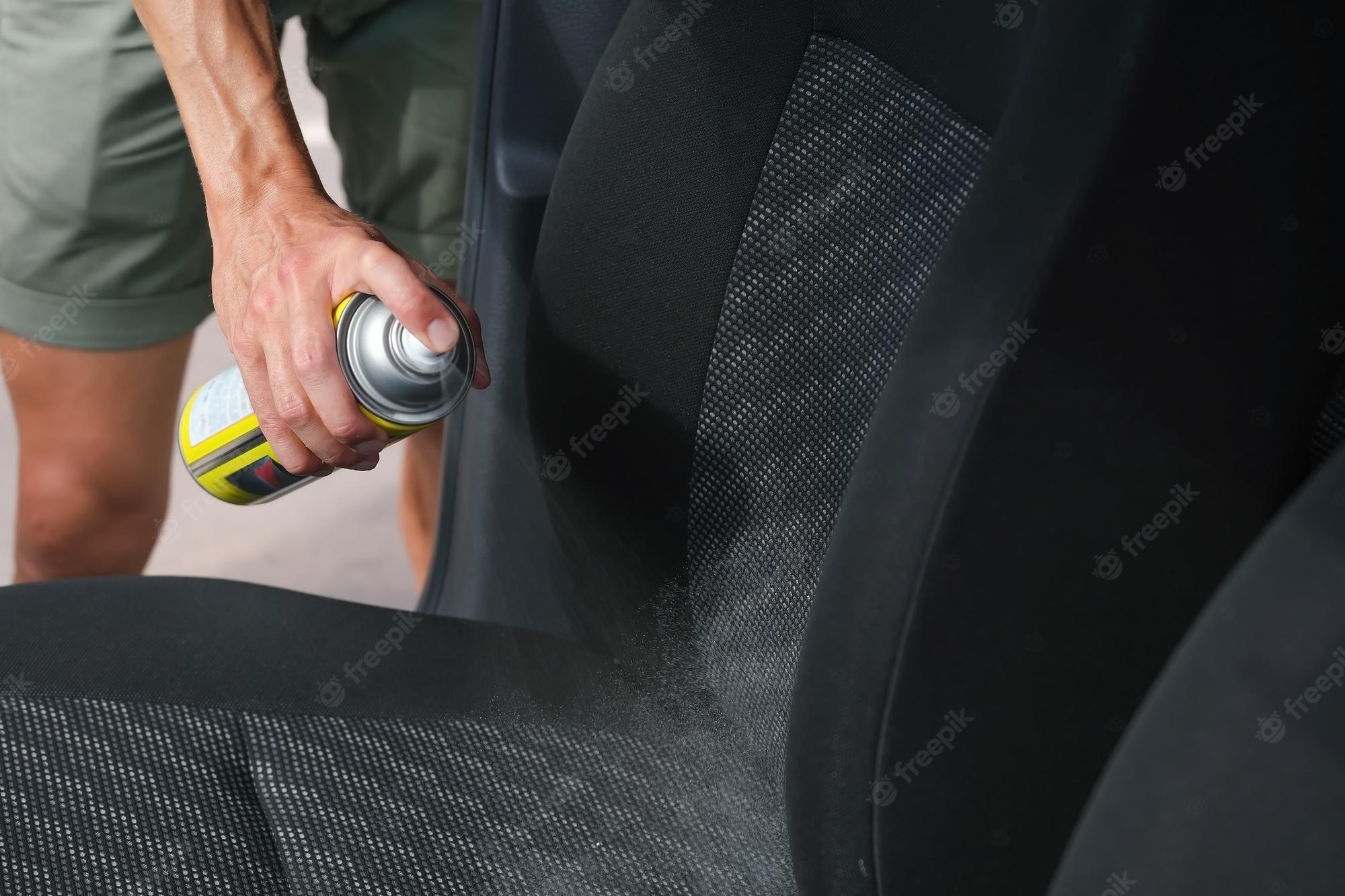In many industries, stainless steel forged components are essential due to their extreme durability and versatility. Because of their exceptional strength and corrosion resistance, these precisely forged components are ideal for demanding applications. They are widely used in the oil and gas, automotive, food processing, aerospace, and medical industries and perform well in environments that require dependability.
To enhance its mechanical properties, stainless steel is heated during the forging process, shaped under regulated pressure, and then heat-treated. Go to the link to learn more about the topic. These parts are essential for producing robust, high-performing products that significantly improve the inventiveness and dependability of engineering solutions in various industries. They can be found in everything from medical devices to aircraft parts.
Components Made of Forged Stainless Steel Produced
Forging shapes metal by applying concentrated compressive forces, producing stainless steel forged components. An outline of the production procedure for forged stainless steel components is provided below:
Material Selection:
Choosing the appropriate stainless steel alloy is the first step in the process. The strength, heat resistance, and corrosion resistance of different alloys vary. Common grades of stainless steel are 17-4 PH, 304, and 316, each designed for a particular use. The final forged component’s desired properties are determined by the alloy that is selected.
Design and Engineering:
Following the alloy selection, engineers design the forged components in great detail. This stage entails considering variables like the intended application of the element, load-bearing specifications, and the complexities of the forging process. Using computer-aided design (CAD) software, accurate 3D models can be created, guaranteeing accuracy and productivity in the production process.
Billet Preparation:
The following stage entails getting ready the raw material, or billet. Stainless steel cylindrical bars cut to precise lengths according to the component design are called billets. After that, these billets are heated to the ideal forging temperature, usually between 2,000 and 2,300 degrees Fahrenheit. This allows for plastic deformation to occur during the forging process.
The Forging Process
A crucial process in the production of stainless steel components is forging. There are several forging techniques, such as closed-die and open-die forging. The heated billet is pressed or hammered into the required shape in an open-die forging process that involves placing it between flat dies. Conversely, closed-die forging makes it possible to create more complex and exact shapes by encasing the billet inside a die cavity that has been shaped.
Heat Treatment:
The components undergo heat treatment after the forging process to improve their mechanical qualities. This entails annealing, quenching, and tempering—controlled cycles of heating and cooling that maximize the hardness, toughness, and corrosion resistance of stainless steel.
Machining and Finishing:
The forged components may go through machining procedures to obtain the desired final dimensions and surface finish. The precision and consistency of CNC machining are guaranteed. Moreover, finishing techniques like polishing and shot blasting improve the stainless steel components’ surface quality and appearance.
Quality Control:
An essential step in the production process is quality control. Various non-destructive testing techniques, such as magnetic particle inspection and ultrasonic testing, are utilized to verify the forged components’ quality and structural integrity. This step is essential to ensure the final product is reliable and meets industry standards.
Corrosion Protection:
Although stainless steel is known for being resistant to corrosion, additional protection might be required depending on the application. Surface treatments like passivation or coating applications improve stainless steel’s resistance to corrosion and environmental factors.
Testing and Certification:
The components undergo extensive testing to ensure their performance and compliance with industry standards before being ready for use. Verifying that the forged components fulfill the necessary specifications may involve certification procedures, dimensional inspection, and mechanical testing.
Application and Installation:
The stainless steel forged components are prepared for use after they have completed all quality inspections. These parts are essential to guarantee the durability and dependability of the final products, whether they are utilized in energy infrastructure, automotive systems, aerospace assemblies, or building projects.
Conclusion
Forging components made of stainless steel is a painstaking, well-organized process that blends age-old forging methods with cutting-edge engineering and technology. To produce components that satisfy the strict specifications of diverse industries, every stage, from material selection and design to forging, heat treatment, and quality control, is essential.

















